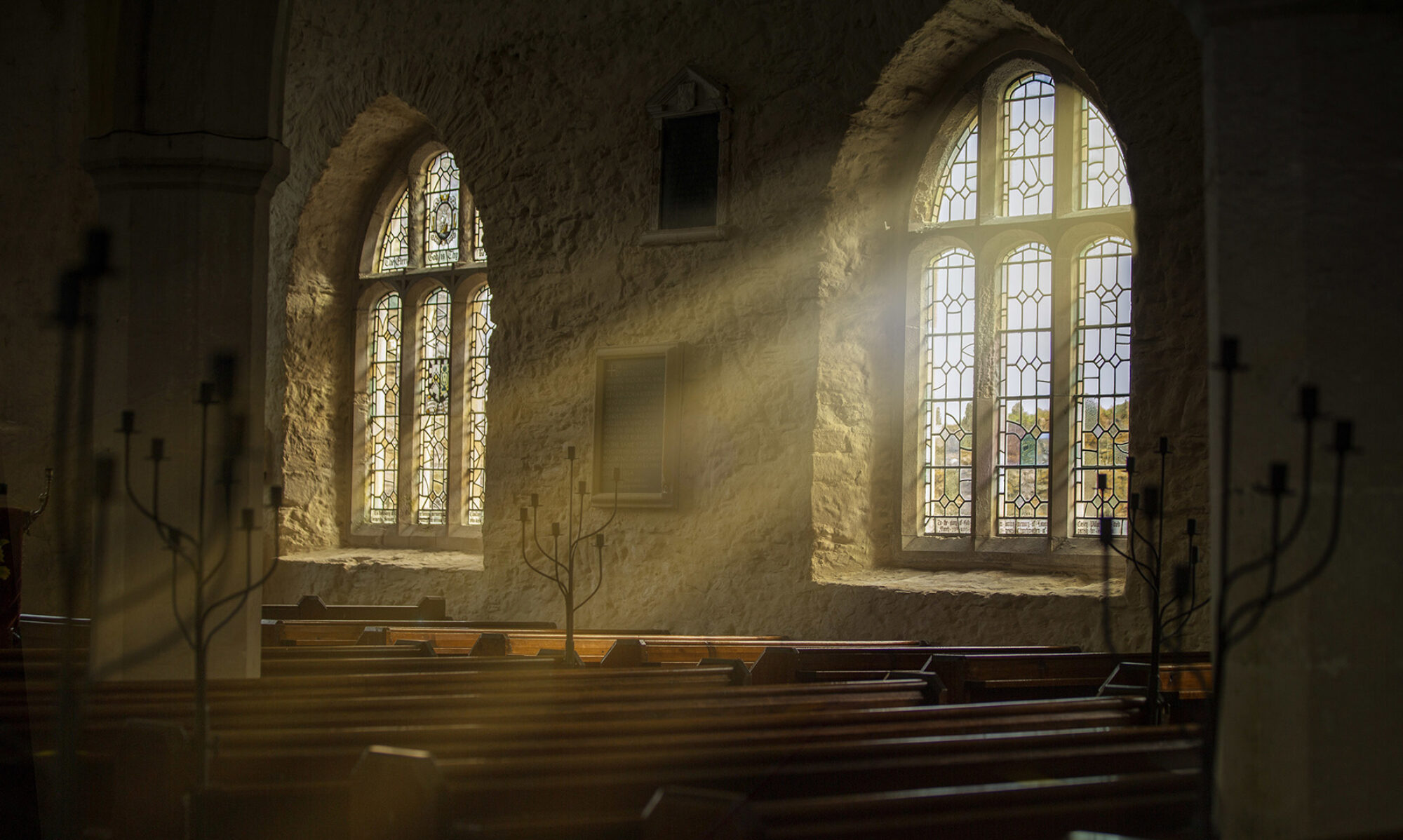Football, Formation, and Faith: What’s Practice Got to Do with Pentecost? Pt. 2
Community is experienced with one another only as devotion is practiced by one another. This is clearly seen in team sports. The practice of devotion is a lost art.
That’s too bad.
And though it’s lost, it’s easily regained. Particularly by people of faith.
It’s easily regained because it (devotion) is the fullest and most notable sign and wonder  of Pentecost.
of Pentecost.
It’s also the sign and wonder that we are invited to experience by way of repetition (practice) and enjoy on a daily basis.
This is where football, for example, serves as a model of the type of devotion community demands. To be a part of the team (community) one must be devoted to the demands of the team. And, while football (among other team sports) can and does serve as a model or picture of community, it ultimately falls short of what the Gospel pictures and celebrates – particularly what the Gospel pictures and celebrates during the season of Pentecost!
Why this brief jaunt into Pentecost? Why connect practice to Pentecost?
What do Pentecost and Practice have in common?
Probably more than you’ve ever dared to imagine.
Pentecost imagines (or pictures) the type of community we long to experience. This type of community is quite nearly realized in football and fully seen in the Gospel. It is, however, neither possible nor probable apart from Pentecost. That’s because Pentecost delivers a gift of grace known as devotion (required for community). This gift of grace can be experienced through Christ’s indwelling presence in the life of modern-day believers.
And while many look for signs and wonders as the mark of Pentecost, the essential mark of the season is the presence of Christ’s Spirit within the believer. This presence provides a vast array of life-giving outcomes. The most notable outcome, and thus the essential mark of Pentecost, is known as the Fruit of the Spirit (cf. Gal 5:22 – 23). The signature Fruit of the Spirit is the fruit of devotion.
Devotion Not Only Makes Community Possible, but Probable
Devotion, as suggested above, makes community possible.
I’ve recently picked up a formative book entitled Evangelical, Sacramental, and Pentecostal: Why the Church Should Be All Three, by Gordon Smith. Smith makes a strong case that, while signs and wonders are part of the Pentecost-experience, they are not essential to it.
He writes:
“But whereas the books of Luke and Acts do highlight the numinous and the extra-ordinary, it is also evident that the experience of the Spirit is basic and foundational to the life of the church, and that it finds expression in the routines of the church—thus, Acts 2:42—what did the “spirit baptized” church do? They devoted themselves to the apostles’ teaching and the breaking of bread, to the fellowship and the prayers. Furthermore, the apostle Paul seems to indicate that the essence of the pentecostal experience is not charismata—whether that be healings, tongues-speaking, or ecstatic experience—but rather the fruit of the Spirit (Gal 5:22), which then is a means by which the Spirit graces ordinary Christian community. I am not for a moment in these observations minimizing the spontaneous or the miraculous or the extra-ordinary; I am merely indicating that these are not the essence of the Spirit-filled life. I am not saying that they are of a former “dispensation.” Rather, I am stressing that the heart of the Spirit-filled life is an immediate awareness of the presence of Christ, and the fruit or evidence of that awareness is the quality of human existence that is the fruit of living “in Christ” in gracious community.”
If Smith is right, then his suggestion has important implications for modern-day believers.
- Pentecost is marked by signs and wonders, but signs and wonders do not define Pentecost, nor are they an essential mark of Pentecost.
- The essential mark of Pentecost is the presence of Christ within the life of the believer, which makes union with Christ not only possible but probable.
- Signs and wonders are not limited to a specific period of time.
- The chief and most notable sign and wonder – an outcome of the presence of the indwelling Christ is the Fruit of the Spirit, the most notable of which is devotion!
Devotion Within Community is the Common Experience of Grace
In other words, Smith contends that what makes community possible, and the effects of lasting change within the context of community probable, is the grace of the Gospel, animated by the life of the Spirit within and among us. This Spirit-animated grace manifests itself in the Fruit of the Spirit, the most significant of which may very well be devotion!
Oddly enough, devotion, which is a common component of a team experience, is rarely experienced in the life of the believer.
Devotion is first explored in the Upper Room (Acts 2).
In the Upper Room, a beautiful process begins to take shape in the lives of those earliest followers. It’s a process that begins in devotion, moves toward desire, and culminates in delight!
As this process takes shape in the lives of the earliest followers, it then takes hold in the life of the earliest church.
Next week, we cast our gaze on this process in the hope of recovering the sacred space between practice and Pentecost!
That space I am calling, devotion!
Disrupting to Renew!
Leave a Reply!
Error: Contact form not found.
†Smith, Gordon T. Evangelical, Sacramental, and Pentecostal: Why the Church Should Be All Three. Downers Grove: InterVarsity, 2017. 110-14. Print.



